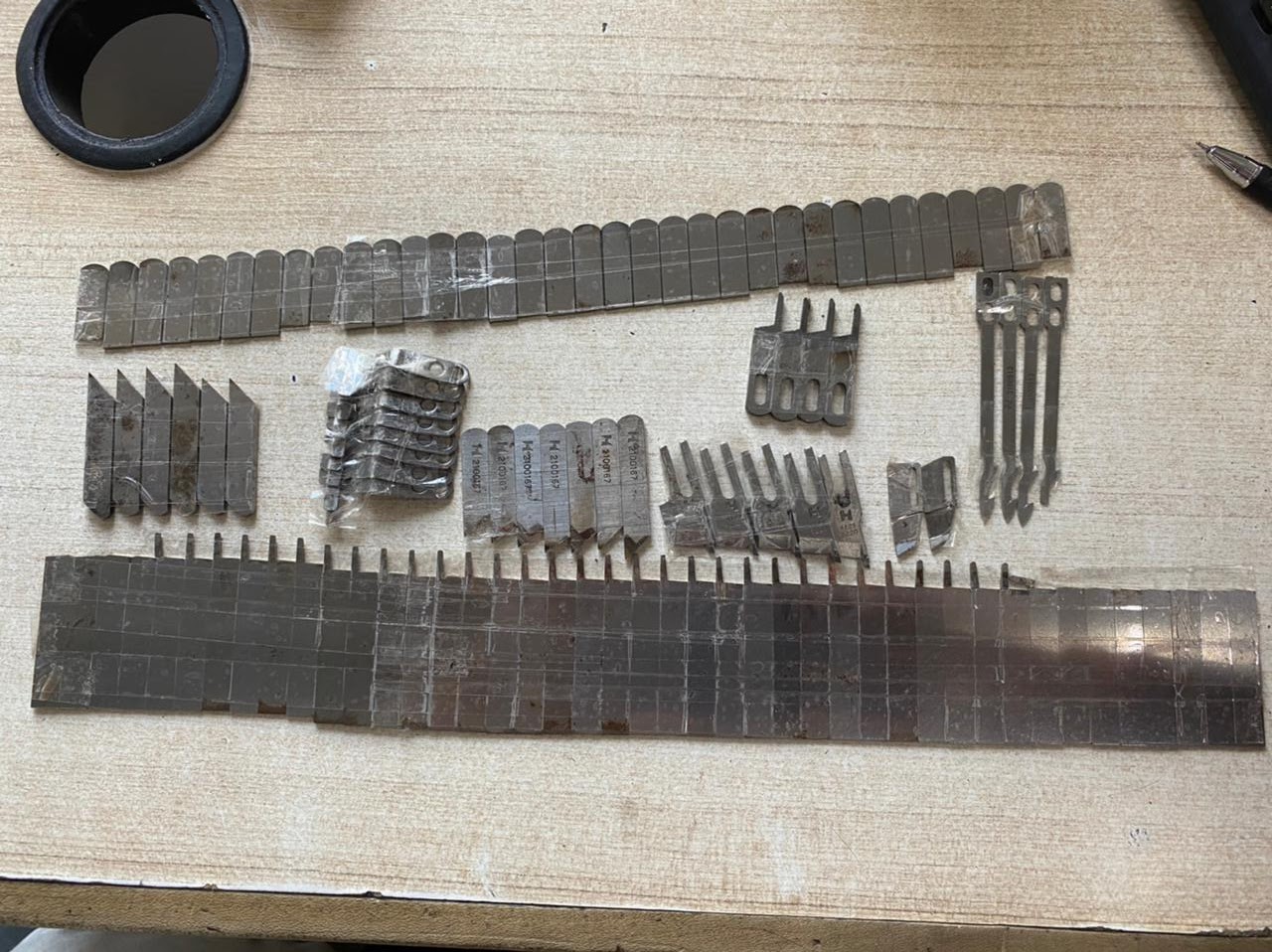In garment manufacturing, you might have heard about the broken needle policy followed by many garment factories. They do it as per compliance norms. And that must be followed and maintained the record of broken needles. Otherwise, factories will not get approval on compliance audits done for health and safety.
Other than needles (broken needles and metals), factories use many other sharp tools which are part of different machines and equipment commonly used in a production factory.
In this article, Babul Singh, an industrial engineer in a garment export house, has shared how they maintain the sharp tool policy in their factory.

We manage our sharp tools using the following steps.
This way we avoid leaving broken sharp tools and broken parts on the shop floor (production area).
Also Read: Broken needle policy for garment factories
About the author: Babul is an industrial engineer in garment manufacturing. He has working experience of more than 10 years in various positions. He has worked at BL International, Orient craft, Team Krian, and Radnik Exports.
Other than needles (broken needles and metals), factories use many other sharp tools which are part of different machines and equipment commonly used in a production factory.
In this article, Babul Singh, an industrial engineer in a garment export house, has shared how they maintain the sharp tool policy in their factory.
How do we manage sharp tools in our factory?
In the following image, you can see machine blades which we use in different kinds of machines like Overlock, Edge Cutter, Single needle lock stitch knife for UBT Machines, Flat Lock, and FD machines.
Figure: Machine blades and sharp tools
We manage our sharp tools using the following steps.
- We have an SOP for managing sharp tools (sharp tool policy).
- As per SOP, our maintenance team will not change or replace any machine blades without a proper record. It means the worn-out and broken blades or any other sharp tools must be returned to the maintenance team for its replacement.
- We maintain records for sharp tools usage and used blades. For recording, we have a logbook for recording return broken tools (blades)
- If some machines have problems with their blades, then the maintenance team collects them and keeps a record. Like needle policy and make a record after that they issue the machine blades.
- All broken sharp tools are kept in separate places (boxes).
- Other than blades, clippers, or hand scissors used sewing operators, helpers in the cutting room and in other departments are securely fastened with the workstation or machine.
- Clippers, scissors, and other sharp tools if any is counted out and in at the end of each day/shift by the line supervisor.
This way we avoid leaving broken sharp tools and broken parts on the shop floor (production area).
Importance of maintaining a record of sharp tools
It is essential for all garment factories to follow a sharp tool policy. Following are a few pointers on why one should follow the sharp tool policy.- By following the sharp tool policy, a factory can avoid accidents on the shop floor.
- It helps to build a healthy compliance norm along with control of inventory wastage.
- It’s would help build a good work culture and build the reputation of an organization.
Also Read: Broken needle policy for garment factories
Conclusion:
Whether the buyer asks for it or not, all garment factories must follow the sharp tool policy in their production plants. If you want, you can start to implement it as mentioned above. Prepare a record book for keeping records and return of the issue of sharp tools.By following it regularly and making it a practice in your factory you can show it to your buyers which will make a good impression.
About the author: Babul is an industrial engineer in garment manufacturing. He has working experience of more than 10 years in various positions. He has worked at BL International, Orient craft, Team Krian, and Radnik Exports.
